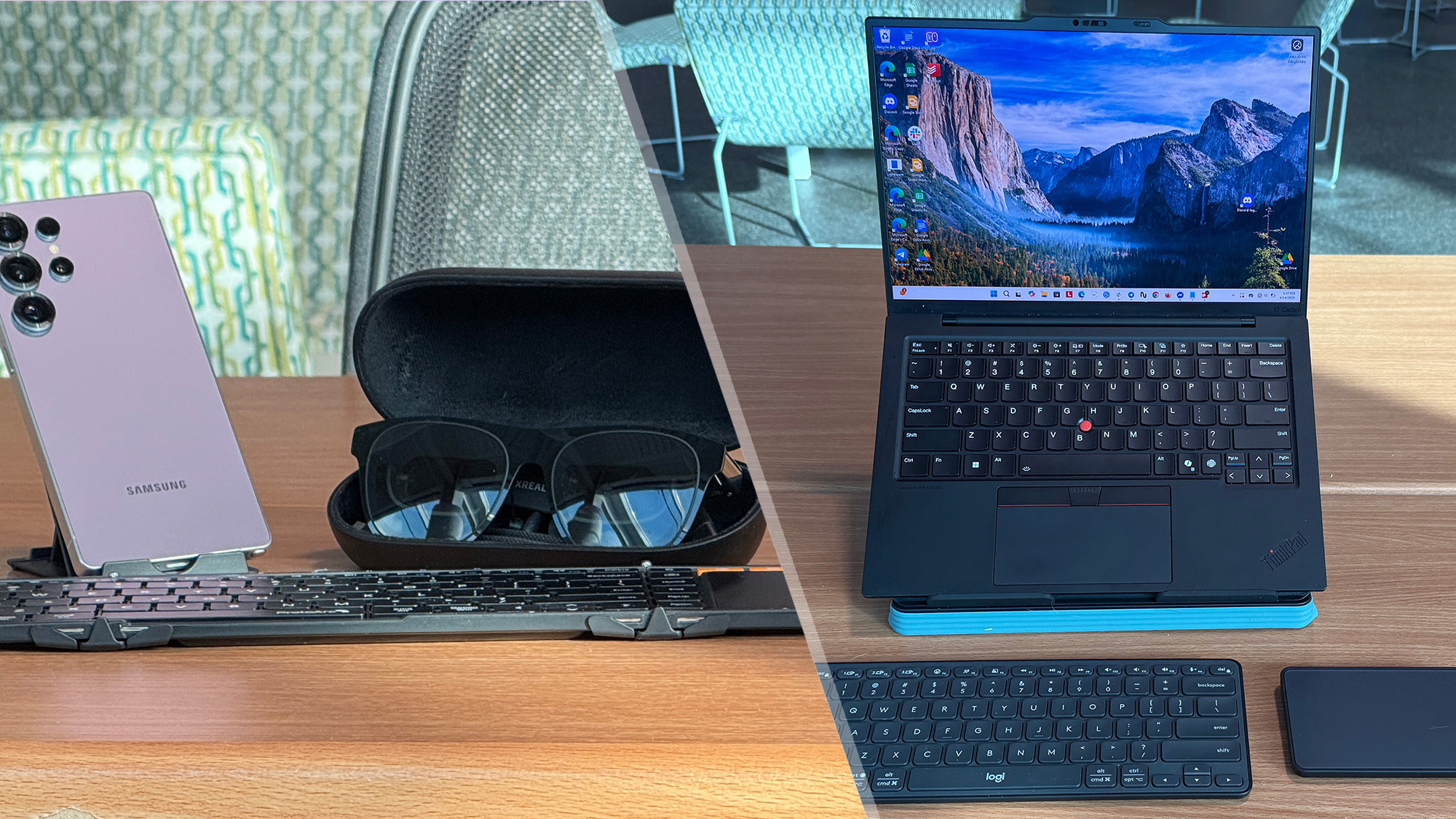How to Take the Perfect Profile Picture

You never get a second chance at a first impression. The Internet has changed many things, but not that old bit of wisdom. First impressions can be as indelible when made online as in real life, and in the era of social media, profile photos can play a major role in making them. Having a great profile photo on Facebook, Google+, LinkedIn or Twitter may impress the social media friends you already know, but it can be even more important for your flagship shot to make the right impression on ones you don’t know yet — especially when they might be deciding whether to hire you. We asked Marjorie Kase, a solutions consultant at Adobe Social, and Tony Gale, a New York-based commercial photographer, for some pointers on how to create a profile photo that presents you in just the right light.
1. Use a Recent Photo of Yourself
This may seem like a basic point, but we all have social media friends whose profile photos are clearly not shots of them or are childhood photos. Both Gale and Kase advised against that approach. “I understand that you like your kid or your dog or your favorite beer,” said Gale, “but it’s not you, and your profile picture should be you.” Kase suggested using secondary profile images, like the cover photo on Facebook, for family photos and other shots that shed light on your interests.
There are practical reasons for using a current photo of yourself, too. As Kase pointed out, “If people are looking to connect with you and your name is very common, in a search they’re not going to be able to identify you with your picture.”
2. Find Someone to Photograph You

It may take a little more effort, but you’re likely to get the best results if someone else photographs you. When you’re interacting with another person, your expression is likely to look more natural and engaging. “I try to have a conversation with the person,” said Gale, who has taken portraits of many of the people he’s connected to online as part of his ongoing Facebook Friends project.
If you do end up going the self-portrait route, follow Gale’s advice and don’t take pictures in the mirror. Use the self-timer on your camera and set it up on a tripod or another support. If you have a camera that’s compatible with a remote viewfinder app, that will help you get the focus and composition right. Gale recommended working through a series of expressions to achieve a natural look. “Start with no smile, then a little bit of a smile, then a bigger smile,” he advised. “Once you know that half smile is the ‘perfect me,’ you can try several of those, changing the angle a little.”
Stay in the know with Laptop Mag
Get our in-depth reviews, helpful tips, great deals, and the biggest news stories delivered to your inbox.
3. Be Consistent and Professional to Promote Your “Brand”
Social media can be an important avenue for promoting yourself as a professional, especially if you’re an independent contractor or small business owner. As Kase said, “You’re always sort of in the market for a new job in this economy, because you never know.” To promote yourself effectively, Kase recommended approaching profile photos as part of a personal “brand.” Use the same image of yourself on every site where you have an account in order to create a consistent, distinctive social media presence, and make sure your look is appropriate for the field you work in (or want to). “You want to maintain a level of professionalism,” Kase said. “Make yourself look like you would on the way to a job interview.” She also emphasized that business acquaintances might run across social media material intended for a personal audience, especially with sites’ constantly changing privacy settings. Often, Kase said, “We think we’re in a walled garden with our own personal friends and family, but really the whole world is watching.”
4. Keep the Focus on Your Face

A profile photo should communicate who you are, and the best way to do that is to fill most of the frame with your face. Keep the composition simple, and don’t include more of yourself than your head and shoulders. Avoid busy backgrounds and distracting clothing and jewelry, and make sure your eyes are in focus. Kase recommended using a background that reflects the field you work in. Creative professionals, for example, might opt for more vibrant colors or scenes.
Even if you choose an interesting background, you don’t want it to be more interesting than you. Gale recommended standing at least five feet in front of background elements and using a relatively shallow depth of field to blur the background. If you have a camera that lets you select the f-stop, you can choose a lower f-stop to limit the depth of field — Gale recommended f/4.0 or f/5.6 — and many snapshot cameras have automatic portrait modes that will achieve the same effect.
5. Don’t be Too Sexy for Your Boss
One of the most frequent mistakes made with profile photos is overposing. “You see a lot of people using different angles and facial expressions because they think it’s attractive,” Kase said. But they often miss their mark. Kase emphasized that there are always potential employers and clients looking at social media photos. “You want to ensure that whatever image you’re putting out into the world, you’re ready for your boss to see,” she advised. (Not to put too fine a point on it: Skip the sexy duck lips.)
Shooting from a slightly high angle is an effective way to hide a double chin, but using a very high angle while gazing up at the camera can evoke a media genre that you probably don’t want your colleagues to envision you starring in. A natural smile is usually the best expression for a profile photo, and a head-level or slightly high camera angle keeps the shot both flattering and professional.
6. Find Flattering Light

If you’re shooting outside, avoid direct sunlight. Inside, avoid overhead light. Both can create harsh shadows. “When you get shadows under the eyes and nose, it’s not very flattering,” Gale explained. “It tends to make people’s eyes look too deep. In a good picture of someone, the eyes are very important. It’s a very expressive part of the portrait, and if that gets lost because of shadows, it just doesn’t feel like that person.” Window light and the light from a lamp that illuminates you from a slightly high angle on the side are good light sources for portraits. If the light is too strong, use a translucent, neutral-colored curtain or shade to diffuse it.
It’s important for your skin tone to look natural in a profile photo, so whatever light source you use, make sure your camera’s white balance setting matches it. Gale pointed out that artificial lighting often throws off automatic white balance systems, and Kase ruled out one kind of camera altogether because of color issues: “I’m not a fan of the camera phone picture,” she said, “because the colors can be off.”
7. Choose the Right Focal Length
If you have a choice of lens or a zoom lens, opt for a focal length somewhere in the normal to telephoto range. “Somewhere between 70 and 135 millimeters is generally the most flattering focal length for a portrait,” Gale said. “If you go wider, you get a little distortion. People’s noses look a little big.”
Camera phone lenses tend to distort faces as well — another reason why your phone is not the best option for a profile photo shoot. However, if you don’t have an alternative and your camera phone lens is distorting your face, try holding the device farther away to reduce the distortion and then cropping the image for a tighter composition.
